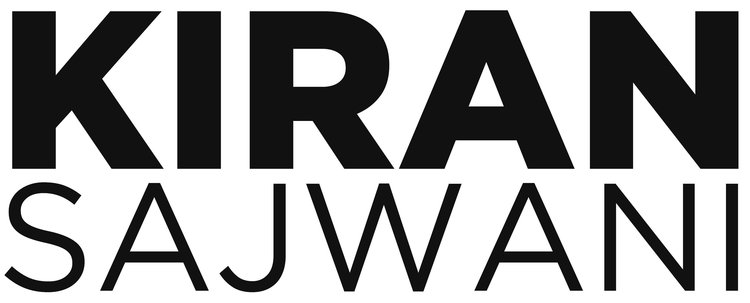As a little girl, I was unfamiliar with the concept of idea generation – to me, if you had an imagination, you had an idea! In fact, as a little kid, your ideas were probably more remarkable, what with brave dragons fighting your cold, trees growing pizza instead of fruit, and cars driving themselves to your destination! Now that I think about it, I strongly suspect the inventor of self-driving cars picked up that idea from a curious child!
As an adult, however, having a wild imagination can get you a couple of funny looks from the people around you, “Who’s this kook, and what kind of crazy idea is she spouting?!” Imagination is important, because it allows you to have ideas, and it’s alright if a couple of them run a little on the wild side, because even Albert Einstein said, “If at first the idea is not absurd, then there is no hope for it.”
Even though Mr. Einstein endorsed the notion of an absurd idea, some people are still resistant, because somewhere between dreaming of pizza trees and our first day at work, a lot of us shunted aside our imagination in favor of pragmatism. It’s okay though, with a little practice, you can get that ol’ imagination working again! One way is through engaging in idea generation, with tools such as brainstorming.
Developed by Alex Faickney Osborn (co-founder of BBDO), brainstorming refers to a group’s “attempts to solve specific problems or develop new ideas by amassing spontaneous, unrestrained contributions by members.” Brainstorming can sometimes be a contentious issue, because some people believe that only the loudest voices get heard, only the charming presentation gets ahead, and you don’t need all those other voices in the room with the consultant. I respectfully disagree, because when done right, brainstorming can be one of the strongest tools in your arsenal to begin solving those befuddling problems.
I like incorporating a guided brainstorming exercise, with timed individual and group phases, and strongly advocate visualizing their thoughts. Once the buzzer beeps, each individual shares their ideas with the other members, putting up their post-its on a large sheet, setting the stage for a possible solution. While there are other effective idea generation tools, I find that this approach to brainstorming works for a few reasons. Firstly, it allows the team to work on their own, with each person's ideas being heard, without being squashed by other stronger/louder members, encouraging diversity of thought. Secondly, it helps to break down possible walls of opposition when they realize that other people may have the same or similar ideas, building a sense of team spirit. Thirdly, it helps keep my biases in check too - just because I'm the innovation strategy consultant does not automatically mean I'll be the only one to generate the best idea or have an eureka moment, and there's a lot to be learned from other people in the group, who may even become your champions as you take forward the eventual idea or solution into the implementation phase.
Brainstorming will not give you a neatly packaged solution; it is merely one step in the problem-solving process. However, it is an effective idea generation tool, and when used in conjunction with other tools and exercises, brainstorming can help you think, imagine, ideate, create, iterate, and put you on the path for solving your problem.
